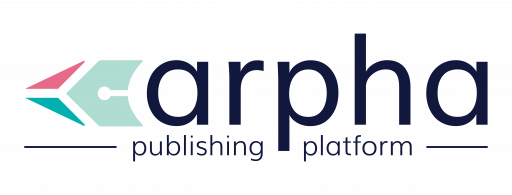Back in December, we announced that Pensoft joined 27 other publishers in sharing prices and services via the Journal Comparison Service developed by cOAlition S, in order to boost transparency in scholarly publishing.
Now, we are up to another challenge: we have joined the Advisory Panel appointed by cOAlition S to help further the improvement and development of this important service. The Advisory Panel consists of twelve members (six publishers and six end-users) representing different stakeholders in the scholarly communication ecosystem.
Journal Comparison Service (JSC) is an initiative by cOAlition S aimed to improve transparency and communication regarding publishing costs between publishers and institutions.
It serves to provide the libraries with all the information they need to make informed decisions about whether the fees charged by a particular journal are reasonable and commensurate with the services delivered.
In their turn, the publishers can use it to demonstrate their dedication to fostering an open business culture and to bring awareness of the value of their services.
To facilitate this process, the publishers are advised to submit information about their prices and publishing policies on an annual basis using the JCS Frameworks format.
An Advisory Panel will review the Frameworks and offer suggestions on how to improve them, aiming to make the data collected as valuable as possible to all involved parties. Additionally, the Panel will actively promote the use of JCS among stakeholders.
The panel will meet twice a year, and the first meeting has already been scheduled for May 2023.
We are delighted that we have been able to establish such a high-quality Advisory Panel, representing all the key stakeholders.
The primary function of the Panel will make recommendations on how the data collection frameworks might be further developed to ensure that the price and service data is as useful as possible for those who procure publishing services, whilst remaining deliverable by the publishers who are asked to provide these data,
commented Robert Kiley, Head of Strategy at cOAlition S.
Additional information:
About JCS:
Journal Comparison Service is a secure, free-of-charge service that enables libraries, library consortia, and funders to better understand if the fees they pay are commensurate with the publication services delivered. Publishers provide information in a standard format, including information about the publication frequency, the peer review process, times from submission to acceptance, the range of list prices for APCs and subscriptions and more.
About cOAlition S:
On 4 September 2018, a group of national research funding organisations, with the support of the European Commission and the European Research Council (ERC), announced the launch of cOAlition S, an initiative to make full and immediate Open Access to research publications a reality. It is built around Plan S, which consists of one target and 10 principles












